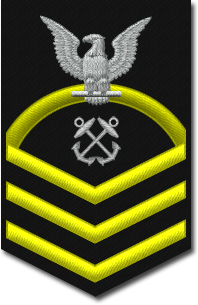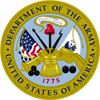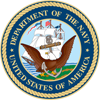|
Navy Chief Petty OfficerE-7 Senior Noncommissioned Officer, U.S. Navy |
|
Navy Ranks » Chief Petty Officer Rank • CPO Pay • CPO Rank History • Promotion Information
 History of the Navy Chief Petty Officer Rank
History of the Navy Chief Petty Officer Rank
A Chief Petty Officer is a Senior Noncommissioned Officer in the United States Navy at DoD paygrade E-7.
Official rules for use of "Seaman", "Petty Officer", and "Chief Petty Officer" was made in the late 1800s, and most of the system was borrowed from the British Royal Navy. Prior to then, a "Chief" among Petty Officers was designated by the Commanding Officer to have say above the rest.
CPO pride runs deep. A Chiefs' Mess is likely to be full of memorabilia and heritage. A Chief's insignia is a "fouled" (tangled) anchor, which represents the difficulties that a CPO faces on a daily basis. While the rank has been "official" for just over 100 years, this symbol has been in use since the late 1500s.
Want to learn more? Read about the Navy's Chief Petty Officer rank on Military-Ranks.org.
History of the Navy
The Navy traces its heritage back to the Revolutionary War, when Congress funded the construction of several warships to repel the British Empire. Nowadays, much of the Navy's mission is to defend international "freedom of the seas." The Navy considers itself to be more technology-centric than the Army, but more traditional than the Air Force. Surface ships patrol the seas, conducting diplomatic relations with all nations of the world, while also enforcing the law against pirates and drug smugglers. Aircraft Carriers are the most powerful individual assets in America's arsenal, with a single unit being able move and be a major player in an armed conflict. Submarines conduct clandestine intelligence-gathering operations. SEALs are internationally reknown for counter-terrorism and irregular warfare in every possible environment. All Sailors are both warfighters and technical specialists.







































































































































